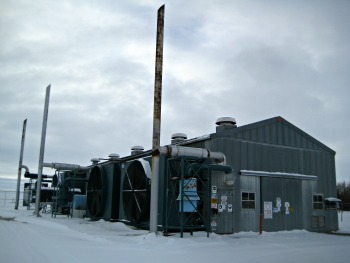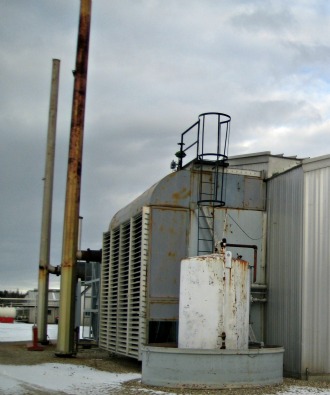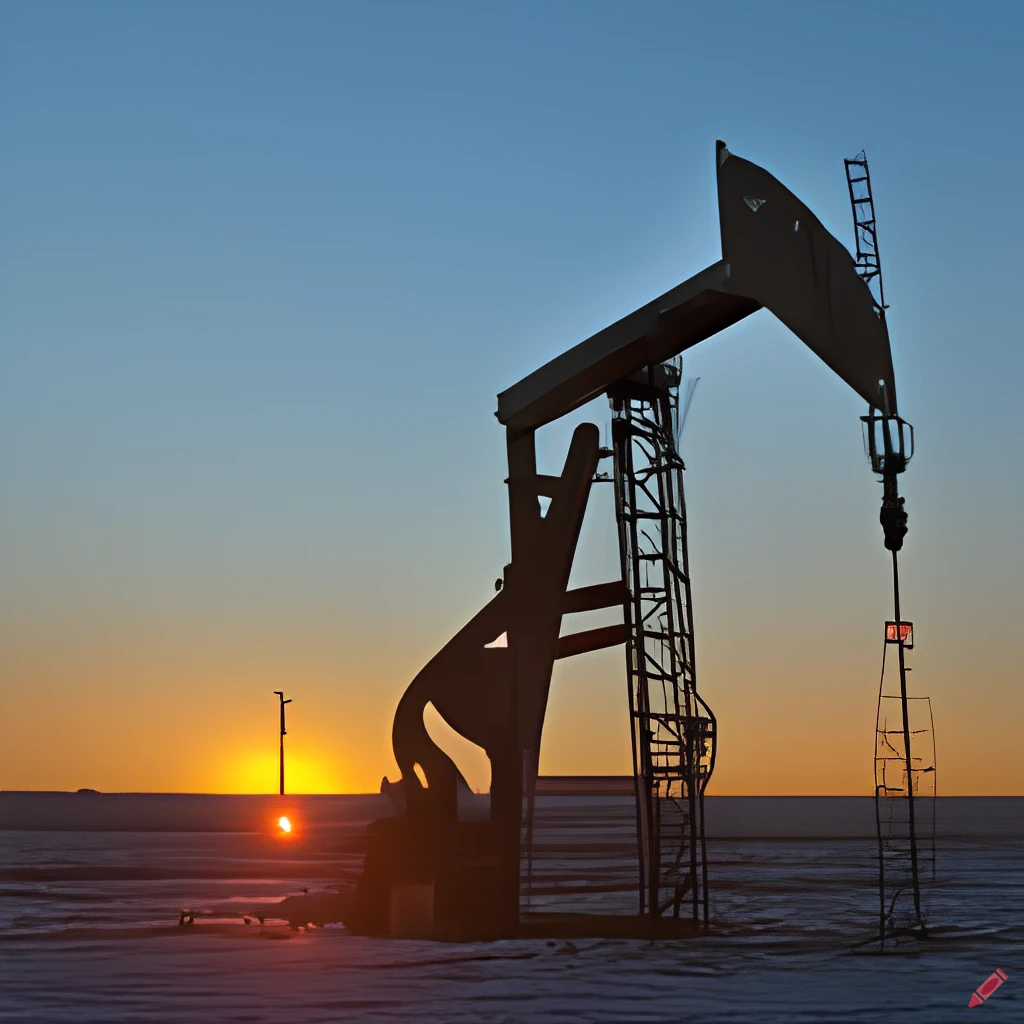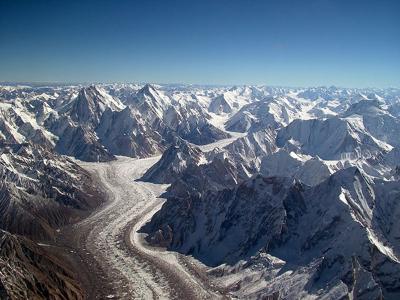- Air Homepage
- Air Quality Testing
- ERCB Applications
Understanding Alberta's Energy Regulations: Mastering ERCB Applications
Are you having trouble with your ERCB applications? The ERCB is now known as the Alberta Energy Regulator (AER). Would you like to know how to complete a petroleum development application? Consider the following list of criteria from Alberta, the center of this industry in North America.
In order to deal with the Alberta Energy Regulator AER, you may need a quick guide or assistance. For information on regulations, compliance, safety requirements, and other resources, check out the AER description and links below. You can contact them directly or check out their website for more info. I'm here to help you understand the AER's policies.
Since the AER, formerly known as the Alberta Energy Resources Conservation Board (ERCB), published Directive 56, titled Energy Development Applications and Schedules, you can find a complete list outlining steps for applying for a licence to build or use a new development in this sector. There are usually pipelines, facilities, and wells to choose from. The Alberta AER website, aer.ca, has this and all the other directives. Check out AER Directive 56 at https://www.aer.ca/regulating-development/rules-and-directives/directives/directive-056.
You can also view the Oil and Gas Conservation Regulations (OGCR) on the Canadian Legal Information Institute website, canlii.org. In any case, these two documents only cover the basics, and making a credible application requires a lot of expertise. Please look up AER Applications or AER Facilities Applications if you need help with other questions ERCB applications may require.
What you need to know about ERCB applications
As a general rule, prospective developers will have a better chance of succeeding if they demonstrate that they will adhere to the regulations precisely. You'll have better luck with the authority if you follow technical rulings and audit requirements, and encourage participant involvement and respect input from regulators, the public (Métis and First Nations peoples, for instance), the industrial proponent, and maybe others. Every proponent has to be committed to the needs of all interested groups, right up until the end of the facility's life. Directive 56 has all the details.
Therefore, you can use AER Directive 56 as a guide for your AER applications, along with an overview of the relevant regulations overseeing license applications. There are other AER directives that cover other parts of the operation, like pipelines. Also, it tells you what information to disclose, how to plan and implement a participant program, and how to handle conflicts.
Supplemental forms include these Schedules:- Energy Development Licence Applications
- Facility Licence Applications
- Pipeline Licence Applications
- Well Licence Applications
- Additional Application Requirements for Special Circumstances
An important part of the AER application (ERCB application) is how to handle the environment: the earth, the air (throughout the entire atmosphere), the land, the water, the organic and inorganic matter, the organisms, and interdisciplinary stuff.
Taking into account public safety, economics and property rights, the government examines water, air and soil contamination, industrial noise, potential property damage and the effects on animals. Pipelines might require an emergency planning zone (EPZ). Construction of new facilities, like sour gas plants, is sometimes discouraged, especially if there are already facilities nearby. When possible, we encourage sulphur recovery and injection. Here's an example of AER- ERCB applications and content...A Guide to content for industrial approval applications. The document is at https://open.alberta.ca/publications/9781460112557 - It comes from Alberta Environment and Protected Areas, AEPA.
What about Air?
Applications for AER-ERCB have to examine the effects of nitrogen oxide (NOx) and sulphur dioxide (SO2) emissions. Other substances may need to be examined on a case-by-case basis.
For SO2: How much gas is burned continuously? The AER Directive 60 goes into more detail about venting, flaring, and incineration. Whenever possible, flared stream gas should be conserved. Consult both AER Directive 60, Section 7 and AEP documentation when designing flare stacks for ambient SO2 levels and make sure the flare operations don't impact air quality by using a dispersion model. To meet AEP regulations, SO2 dispersion modeling will probably be needed.
It is my full-time job to conduct this type of modeling. Please see this description of dispersion modelling if this is what you are looking for.
For NOx: AER and Alberta Environment and Parks will probably need dispersion modeling in accordance with the AEP Air Quality Model Guideline (AQMG) to make sure they don't exceed the Alberta Ambient Air Quality Objectives (AAAQO). If you emit over 16 kg of NOx per hour, you need the AEP Code of Practice for Compressor and Pumping Stations and Sweet Gas Processing Plants at www.qp.alberta.ca/documents/codes/COMPRESS.PDF. Stacks should be at least 20% taller than the peak of the building, even if dispersion modelling isn't mandatory.
New engines have to emit less than 6 grams of NOx per kilowatt-hour as part of the Province's performance-based emission limits. Directive 56 also covers temporary and third-party NOx sources.
Federal regulators have made even more recent changes: The Multi-Sector Air Pollutants Regulations (MSAPR) address air pollutants that contribute to smog and acid rain, as well as other health and environmental impacts. Oil and gas, electricity generation, and manufacturing are all covered by the regulations.
MSAPR limits nitrogen oxides, sulphur dioxide and other pollutants from industrial sources. To ensure compliance with the emissions limits, the regulations also require monitoring, reporting, and record-keeping.
These MSAPRs help Canada meet its commitments under the Canada-United States Air Quality Agreement, which aims to reduce transboundary air pollution and improve air quality. Companies that don't comply with emissions limits or reporting requirements can be penalized by the Canadian government.
When modelling for ERCB applications for AER in Alberta, Directive 56 specifies that the report should include the emission parameters used in the model. The list includes mass per unit time emissions, stack heights, diameters, exit velocities, temperatures, source locations, and base elevations.
In addition, the report should have predicted average and maximum concentrations, technical specifications, a description of the meteorological and topographical data, a map of the area, and the name and version of the model.
What if modeling results show concentrations that exceed the AAAQOs? At times, the AER will allow exceptions, but they'll want to know why they're needed. Please provide all the technical data listed in the previous paragraph and list the maximum predicted concentrations. The Board might then request additional information, like stack diagrams, heating values, statistical data showing how often the AAAQO might be breached and how the operator is going to control it (e.g., flare management plans, future mitigations). If you're thoughtful about negotiation, it can be really helpful in borderline cases.
AER Directive 39, entitled Revised Program to Reduce Benzene Emissions from Glycol Dehydrators, has details for concerned facilities. https://www.aer.ca/regulating-development/rules-and-directives/directives/directive-039 outlines additional data needed.
For H2S: Setback distances define the minimum distance between one of these sites and homes and public areas. Distances depend on how much sulphur is in the facility gas. Public safety depends on them. Based on H2S release rates, volume release, and H2S concentration, the board set four hazard levels (Level 1, Level 2, etc.). Based on the danger associated with an accidental release, you can calculate setbacks. To place a new well among existing developments, the company must follow all the requirements in AER Directive 56, including setbacks and emergency planning zones (EPZs).
Water bodies, industrial storage tanks, roads, flaring equipment, exhaust pipes, compressors, and other features are separated by the Board. Other provincial regulatory bodies may also have a say on construction design, other than AER, the board that regulates ERCBs.
Air Quality, Odours and Vapours
Odours can make the public very concerned. By making sure no odours make it outside of the lease boundaries of energy facilities with very low H2S content, like 10 parts per million (ppm) or less, they'll comply with these regulations. Each of your ERCB applications needs to show how you'll take extra care when transferring fluids between vessels and/or trucks. H2S-rich gases need more care and diligence. Any unburned discharge to the atmosphere is usually disallowed by the Board. A facility will need to comply with intermediate levels of handling regulations if its inlet gas contains intermediate levels of H2S.
Public odours and public safety are the main reasons setbacks are needed. It's up to the person submitting the ERCB to AER to explain how this will be handled.
Who can help?
Calvin Consulting Group Ltd. is located in Calgary, the heart of the Canadian petroleum industry. This small company specializes in energy industry air emissions regulations and solutions, including those related to:
Please contact Barry J. Lough at Calvin Consulting Group Ltd. at

Thank you.
How can you complete your AER applications?
Do you need assistance with Directive 56?
What technical requirements do you need to fulfill?
Have a look at this introduction and references.
Do you have concerns about air pollution in your area??
Perhaps modelling air pollution will provide the answers to your question.
That is what I do on a full-time basis. Find out if it is necessary for your project.
Have your Say...
on the StuffintheAir facebook page
Other topics listed in these guides:
The Stuff-in-the-Air Site Map
And,
Thank you to my research and writing assistants, ChatGPT and WordTune, as well as Wombo and others for the images.
GPT-4, OpenAI's large-scale language generation model (and others provided by Google and Meta), helped generate this text. As soon as draft language is generated, the author reviews, edits, and revises it to their own liking and is responsible for the content.





New! Comments
Do you like what you see here? Please let us know in the box below.